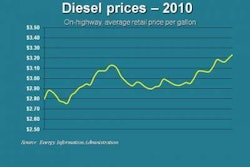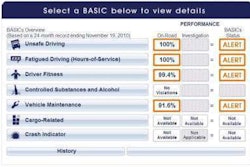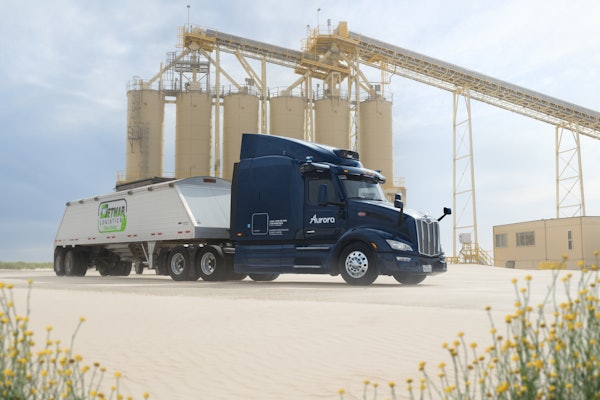With plug-in cars arriving in showrooms this month, a new plan outlines steps to be ready for up to 1 million plug-in hybrid and battery-powered cars in California by 2020. The new plan, “Taking Charge: Establishing California Leadership in the Plug-In Electric Vehicle Marketplace,” offers 30 suggested actions to build a successful electrified transportation system in California.
“It’s a bright, clean new world when automakers, electric utilities, infrastructure providers, regulators, public health organizations and others join hands to support a new transportation plan for California,” says Diane Wittenberg, executive director and chairman of the California Plug-In Electric Vehicle Collaborative. “We’re determined to pave the way for healthier, cleaner and cheaper transportation options for the 21st century.”
Key recommendations from the plan include:
• Simplifying the process to get home charging stations installed quickly;
• Developing solutions to enable charging at apartments and condos;
• Structuring electricity prices to encourage off-peak charging;
• Increasing consumer demand through education and awareness programs;
• Developing new service industries to make charging a car easier than fueling at a gas station;
• Encouraging tech-based solutions (e.g. smartphone apps) to help drivers find existing public charging stations; and
• Ensuring local governments help establish the strategic placement of a public charging network.
The plan is intended to serve as a roadmap for developing a specific course of action. The collaborative will support ongoing work and start up new efforts to address the major recommendations in the report. “We aim to address all the questions,” Wittenberg says. “It must be simple, simple, simple for consumers to choose plug-in electric vehicles.”











